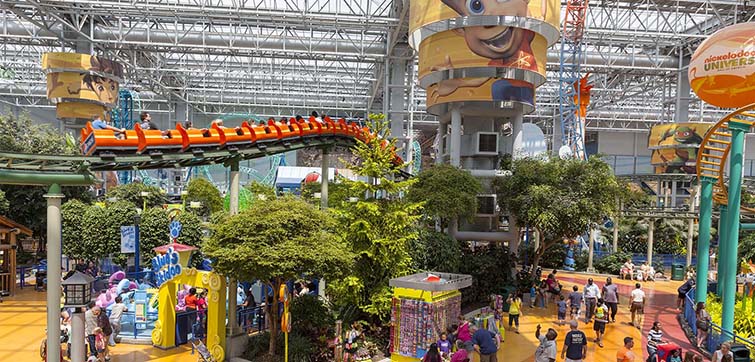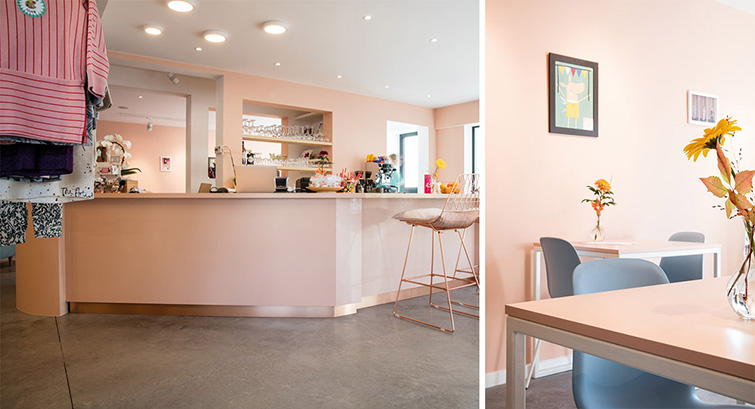
The renaissance for retailtainment
12/03/2019
While online stores attract a rush of convenience consumers, fun shoppers are mainly enticed by physical stores — provided that they can enjoy themselves. “Retailtainment” is back, after (never) being away and is determined to take the fight to the e-commerce retailers.
As the word suggests, “retailtainment” creates space for entertainment in retail. “The phenomenon first came about in the 90s,” explains Raul van Rodenburg, founder of the Dutch B@S Retail Consultants - Brood@Spelen. “It was a time of economic growth, when consumers felt like they had money, and retailers were smart in the way that they responded. Today, after several years of the “credit crunch”, customers’ finances are in better shape and they’re willing to spend more.’
From a passive to an active experience
That consumers are prepared to go shopping again is not the only reason behind the new advance of retailtainment. “It also has to do with the popularity of e-commerce,” explains Paul. “People who still go out to shop are looking for a particular experience, both before, during and after the purchase.”
Photo:Mall of America, Minnesota
Retailtainment not only meets this need but goes a step further than a passive experience, where the identity of a brand and authentic design are at the very heart. Various functions — commerce, catering and recreation — emerge in unique combinations. The first shopping centres to introduce entertainment on a large scale, such as the Mall of America in Minnesota, are good examples — where attractions, coffee bars and clothing stores merge to create an overall experience for visitors.
The success of “all in one”
Today, retailtainment is also finding its way into individual stores. Retailers are looking outside of the box, beyond their core business, and drawing inspiration from other sectors. “Retailers are offering customers a drink while catering businesses are also selling items,” explains Paul. “The next step is to make the customer journey more attractive by introducing some form of entertainment.” And there are a number of ways of doing that.

Amsterdam tobacconist’s P.G.C. Hajenius has not only used a magnificent art deco interior to help it stand out from the crowd. “You can also immerse yourself in the world of tobacco and learn how to smoke cigars with a glass of cognac,” explains Paul. He refers to his conversation with Joe Pine, author of “The Experience Economy”, who quoted the example. “Part of the store has even been turned over to a museum.” The result of this comprehensive entertainment programme is a flock of curious visitors in search of a unique experience.
Photo: StorE. where pigs do fly, Vosselaar
StorE. where pigs do fly also sees the added value in amusement. In the pastel-coloured store section, parents shop for clothes for their children while they have fun in the play corner. Before they head home, they can take a breather at the bar where they can also grab a slice of cake or a bowl of soup. “More businesses and designers need to have the courage to take this step,” concludes Paul. “After all, attractions lead to transactions.”
More stories:
- The only place to create a real experience is in a bricks-and-mortar store
- The effect of dark colours in interior shop design









